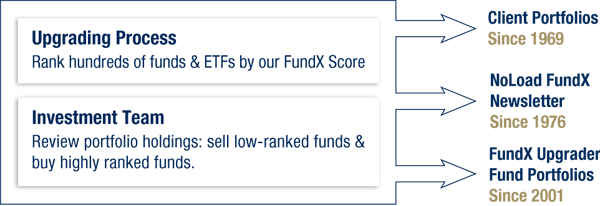DoitMyself Investors vDate Funds
Post on: 16 Март, 2015 No Comment

Defined contribution retirement plan participants who hand pick their own mix of investment options are generally exposed to greater risk due to reduced diversification and a tendency to not adjust their portfolios over time, according to research from The Principal Financial Group, a provider of 401(k) and other retirement plans.
In analyzing a subset of 2.4 million defined contribution accounts it administers, The Principal compared do-it-for-me participants who use a target-date investment option with do-it-myself participants who select their own allocation and services. The research found that do-it-myself participants were less diversified by asset class, and in particular at younger ages frequently had much less exposure to equities (stock funds) and rebalanced their portfolios less frequently.
“It’s clear that left to their own devices, participants often don’t fully understand the importance of diversification,” said Jeff Tyler, portfolio manager for Principal LifeTime Funds, in a media statement. “While asset allocation doesn’t assure a profit, target-date portfolios seek to accomplish this goal by providing access to multiple underlying investment options and investment managers within a single investment option.”
Asset Allocation and Compounded Earnings
Equity exposure among do-it-myself investors who were far from retirement tended to differ significantly from the average target-date investor in the same age group. The average do-it-myself participant born after 1987 had nearly 30 percentage points lower equity exposure (54.7 percent) within their investment portfolio compared to the 83.95 percent within a target-date investment option.
“Younger investors have a longer time horizon for investing with opportunity to ride out the fluctuations in the market—and therefore a higher tolerance for the risks that come with exposure to equities in their investment portfolios,” said Tyler. “Taking advantage of compounded earnings from a young age is a potential driver to a financially successful retirement.”
Target-Date Options Using Index Funds
Have Lower Costs

Investors are increasingly cost conscious and providers of target-date mutual funds are responding. They’re rolling out a greater number of low-cost options such as target-date funds that exclusively use index funds rather than actively managed funds as their holdings. reports the Associated Press.
The majority of assets in target-date funds are held in 401(k)s, and investment management fees typically make up two-thirds of overall costs in those plans. Those fees are a drag on investment returns.
Among fund providers that offer target-date funds that exclusively use low-cost index funds, the Vanguard Target Retirement and TIAA-CREF Lifecycle Index series charge an average expense ratio of 0.18 percent of assets for the institutional shares that 401(k) participants are typically invested in. Those compare with an average 0.81 percent for target-date funds that are not exclusively invested in index funds, according to a study by BrightScope and Target Date Analytics, the AP reported.
Related Articles:














